Study, work or travel in the UK. British
culture and life.


Visit the city of Carlisle in England
|
|
Study, work or travel in the UK. British
culture and life.
|
|
||
|
|
|
|
||
 |
||||
|
|
||||
 |
||||
|
Visit the city of Carlisle in England
|
||||
|
Sections:
|
Introduction |
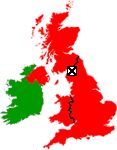 |
| Citadel | ||
| Carlisle Cathedral | ||
| Tullie House | ||
| Carlisle Castle | ||
| Sport | ||
| Hadrian's Wall | ||
| Lanercost Priory | ||
| Cumbrian landscape | ||
| Cumbrian food | ||
| Further information | ||
| Links |
|
INTRODUCTION
|
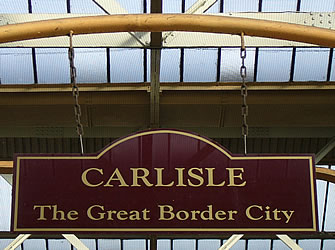 Carlisle is a city close to the border between England and Scotland |
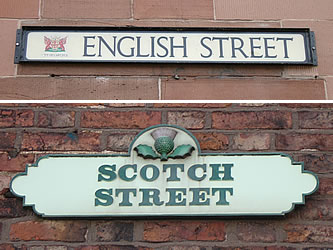 Two of Carlisle's street signs |
 |
Carlisle:
The Border City (visitor guide) Author: Jane Drake Publisher: Pitkin Date: May 1992 |
|
CARLISLE CASTLE
|
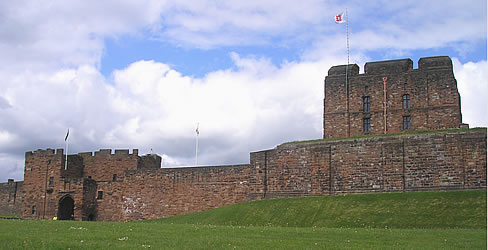 View of the castle from the Carlisle Millennium Gallery |
|
CITADEL
|
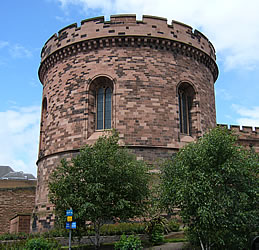 One of the round towers of the rebuilt citadel (opposite the train station) |
 Court inside the West Tower. There is a staircase leading down to one of the dungeons where prisoners were kept |
|
CARLISLE CATHEDRAL
|
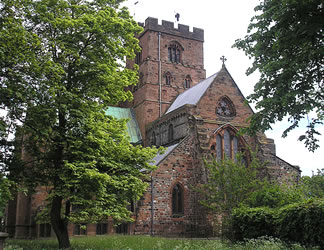 Carlisle Cathedral |
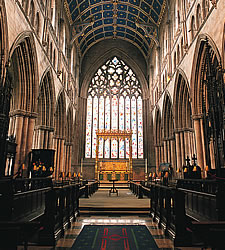 Cathedral interior |
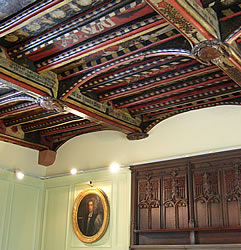 Painted ceiling in Prior's Tower |
 |
Carlisle
Cathedral Publisher: Pitkin Guides Date: July 1972 |
|
TULLIE HOUSE
|
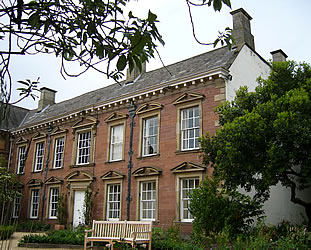 Tullie House contains a museum about the region and its history |
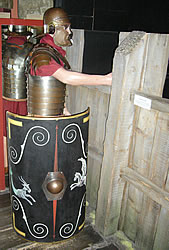 Roman soldier on Hadrian's Wall |
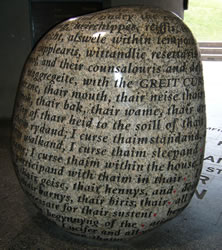 Curse stone (in the subway linking Tullie House to Carlisle Castle) |
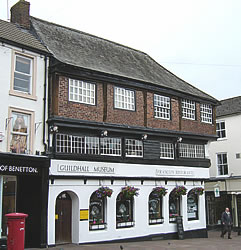 Guildhall Museum |
 |
Tullie
House Publisher: Pitkin Unichrome Date: July 1998 |
|
SPORT
|
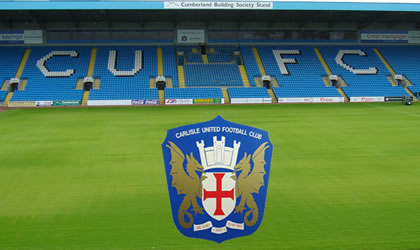 Carlisle United Football Club |
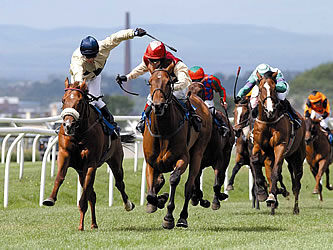 Carlisle Racecourse |
|
HADRIAN'S WALL
|
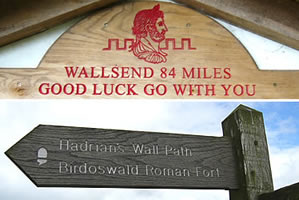 Hadrian's Wall Path: an 84 mile walking route from Bowness-on-Solway to Wallsend |
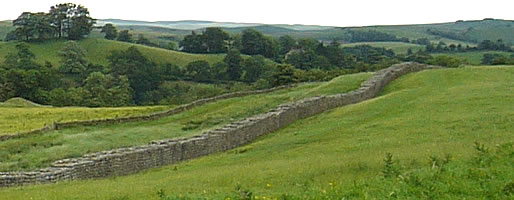 Hadrian's Wall (section near Birdoswald Fort) |
 |
Hadrian's
Wall Path: Wallsend to Bowness-on Stow (British Walking Guide Series) Author: Henry Stedman Publisher: Trailblazer Publications Date: May 2006 |
 |
Hadrian's
Wall Author: D.J. Breeze Publisher: English Heritage Date: August 2003 |
|
LANERCOST PRIORY
|
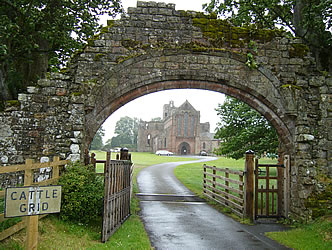 Entrance gate |
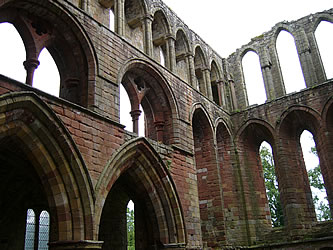 The ruins of the priory |
 |
Lanercost
Priory Author: Graham Keevil Publisher: English Heritage Date: March 2005 |
|
CUMBRIAN LANDSCAPE
|
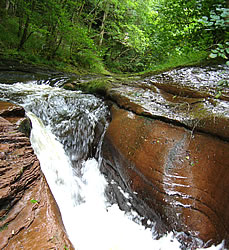 River cuts through the red sandstone in Gelt Woods |
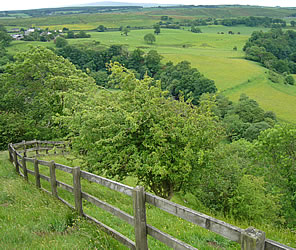 View of the hills around Birdoswald Fort |
 Sheep graze in the fields |
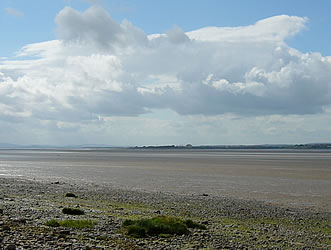 Solway Firth: view across to Scotland |
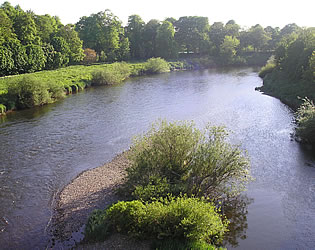 River Eden (viewed from Eden Bridge in Carlisle) |
 Cattle in Bowness |
 |
Carlisle,
Brampton, Longtown and Gretna Green (Explorer Maps) Publisher: Ordnance Survey Date: July 2005 |
|
CUMBRIAN FOOD
|
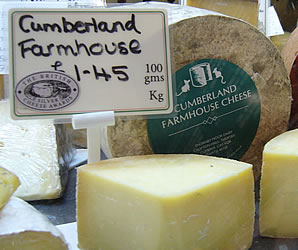 Local farms produce a variety of cheeses (*) |
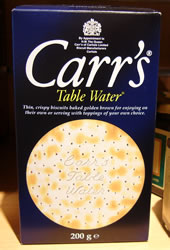 Carr's table water biscuits: made in Carlisle (*) |
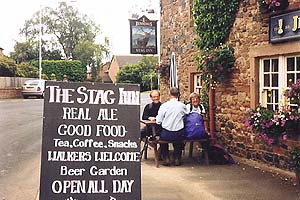 Have a meal in a local pub or restaurant (**) |
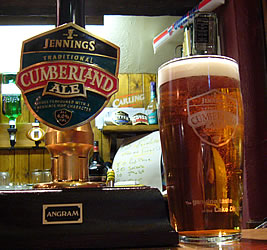 Jennings Cumberland ale: brewed in Cockermouth (**) |
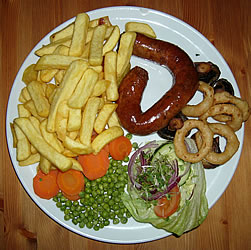 Cumberland sausage: made from pork using a traditional recipe (**) |
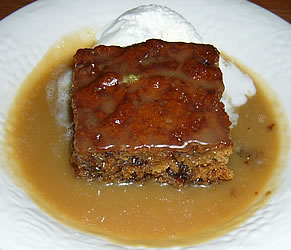 Sticky toffee pudding: a speciality from Cartmel (**) |
|
FURTHER INFORMATION
|
 A train waits at Carlisle's Citadel station. Virgin runs the train service to here from London. |
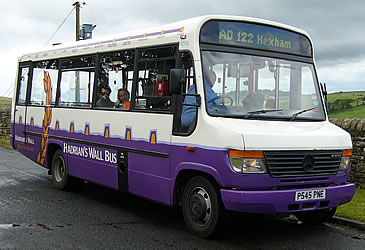 Bus route 122 is Hadrian's Wall Bus: this takes you to the main Roman sites, and sometimes includes a guide. |
|
|
|